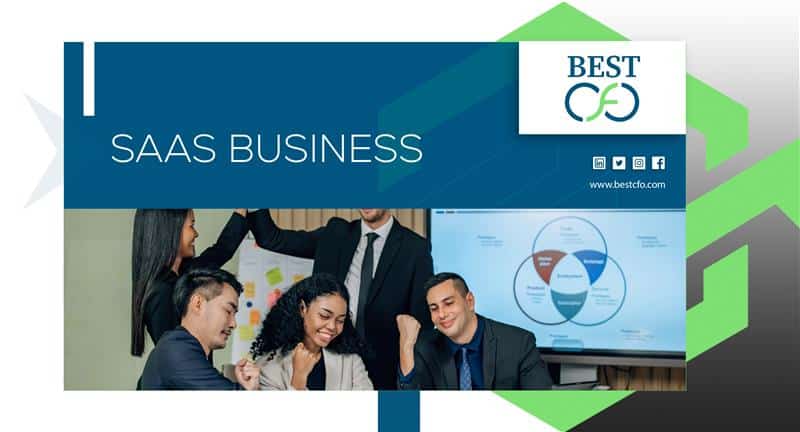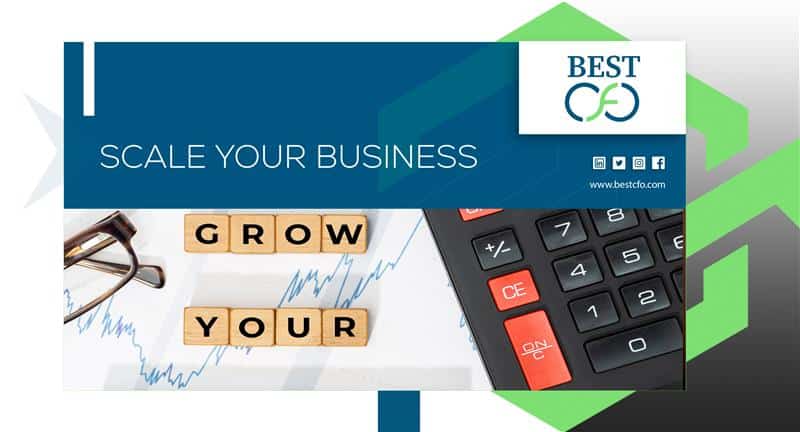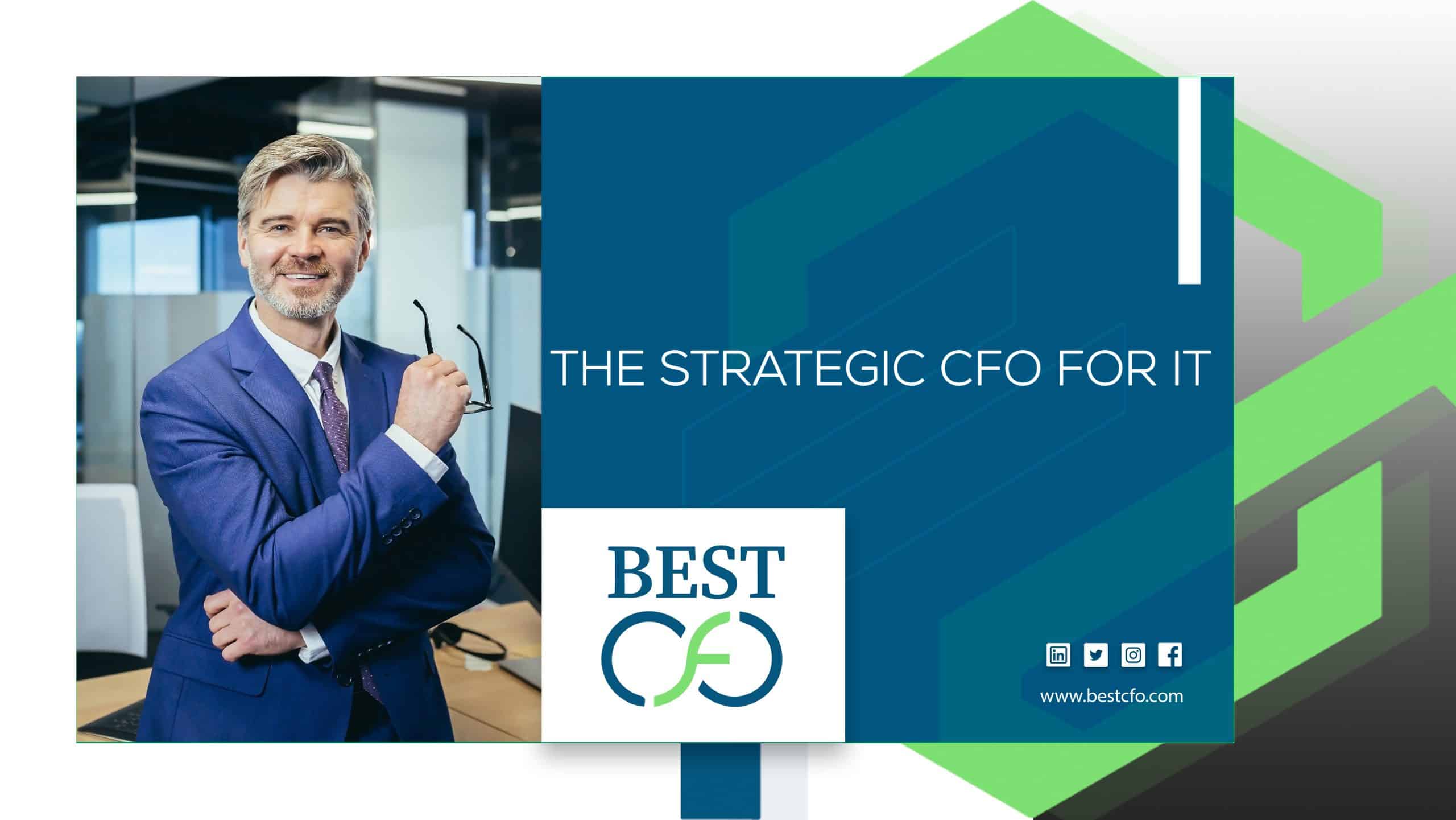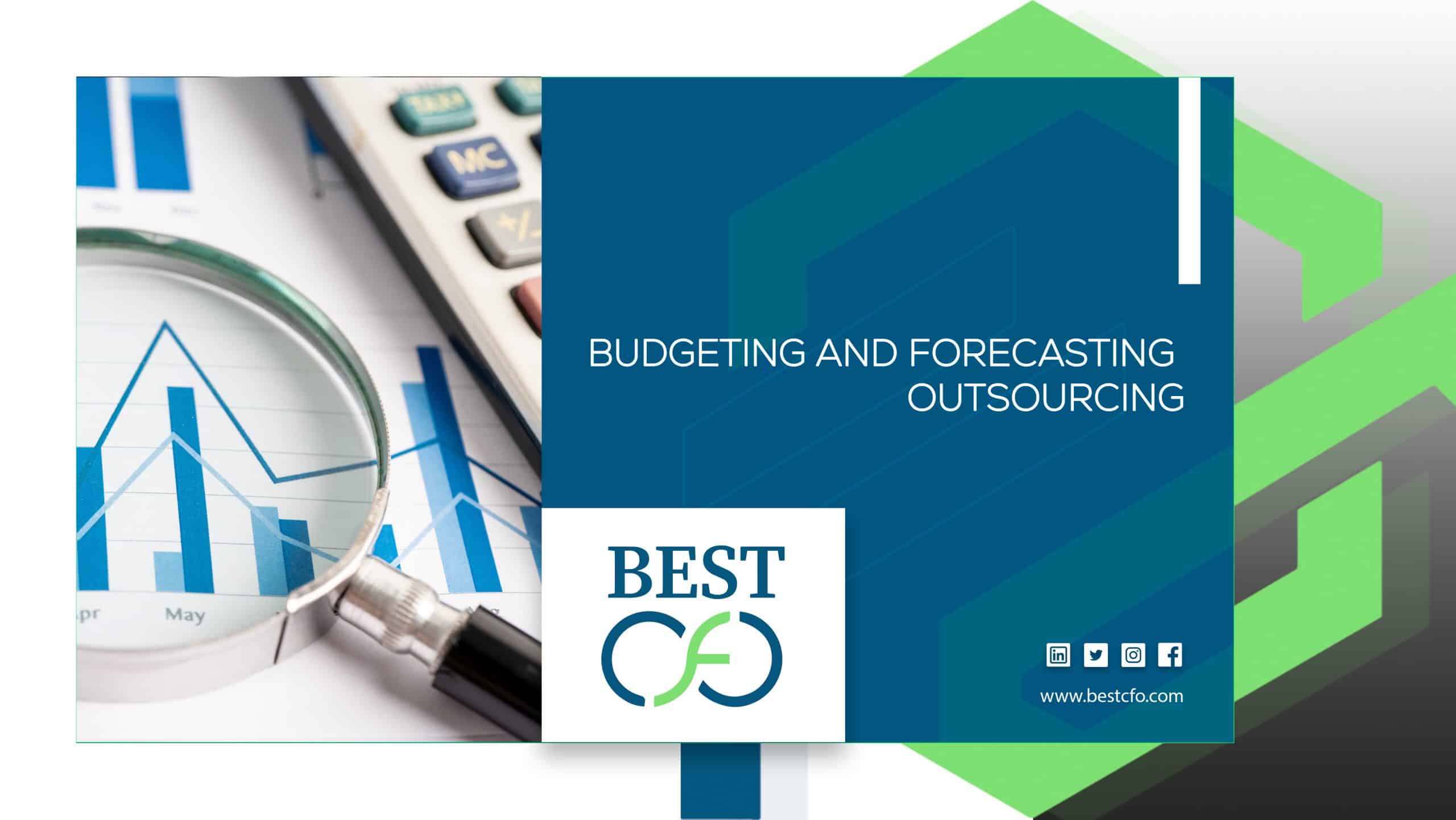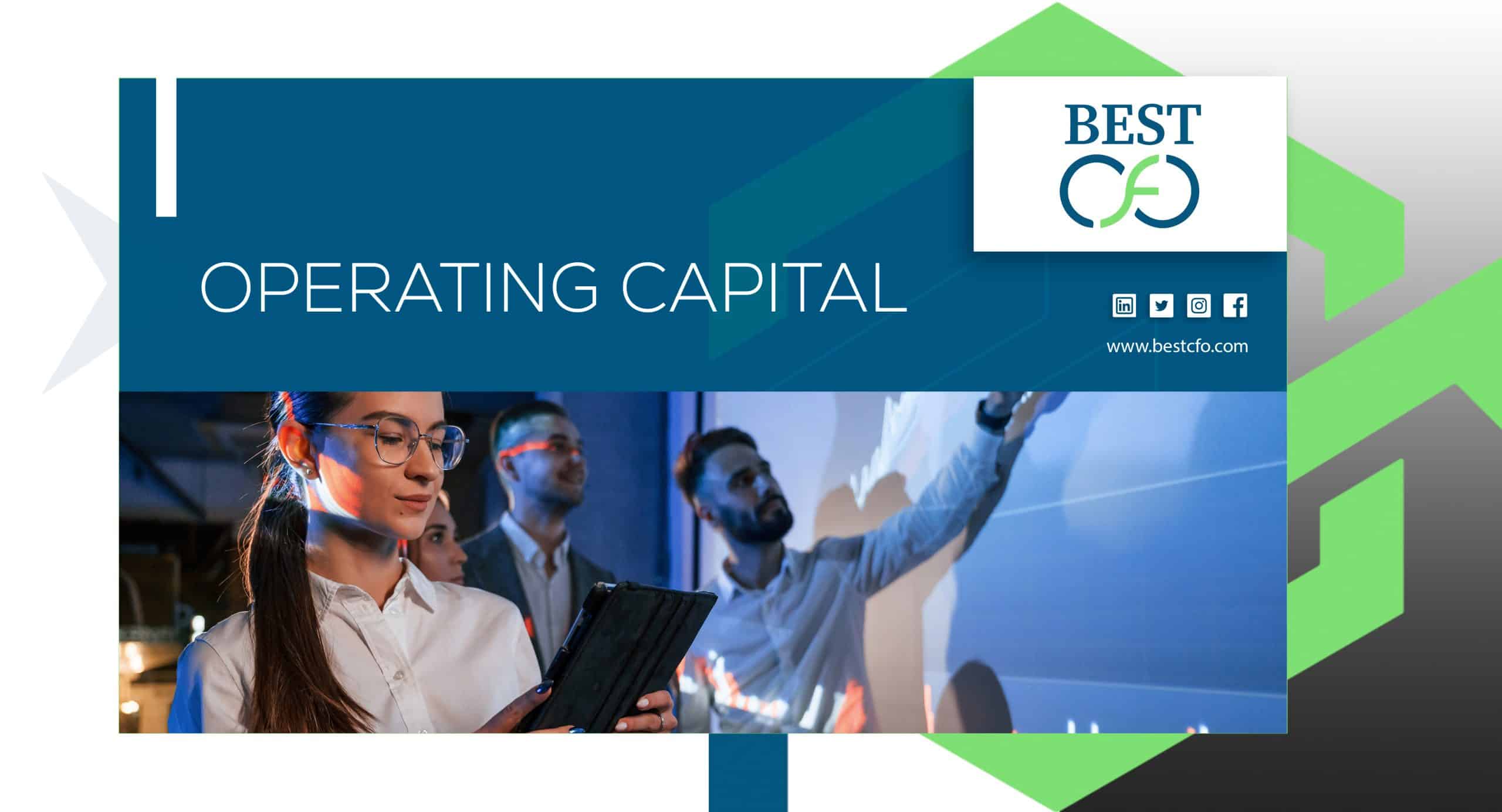
| Getting your Trinity Audio player ready... |
What Is Operating Capital and Why Is It Important?
Are you ready to dive into the thrilling world of operating capital? Yes—you read that right. Finance can be fun, and we’re aiming for 99.99% humanized, down-to-earth, and enjoyable. Let’s talk about what operating capital is, why it matters, and how BestCFO can help you master it.
At its core, operating capital is the lifeblood of a business’s day-to-day operations. Think of it like the paddle that keeps the canoe moving forward—you need enough to stay afloat and make progress, but too much resting in your boat isn’t productive. Operating capital empowers a business to:
- Pay suppliers on time
- Collect receivables efficiently
- Make timely inventory and production decisions
- Support scaling, growth, and revenue generation
Companies with strong operating capital are like well-oiled machines—nimble, responsive, and sustainable.
What Exactly Is Operating Capital?
Sometimes people use the terms working capital and operating capital interchangeably, but there’s an important nuance. While working capital broadly means current assets minus current liabilities, operating capital focuses on the portion directly tied to daily operations—receivables, inventory, payables, and other operations.
So, what exactly counts?
- Current assets: Items convertible to cash within one year
- Current liabilities: Obligations due within a year
Operating capital = Current assets – Current liabilities – Non-operational items like short-term investments or excess cash.
In short, operating capital is the capital that literally powers the business machine—not decorative gold trim or idle cash cushions.
What Are Operating Current Assets and Liabilities?
These are the current assets and liabilities:
Operating Current Assets
These are diverse, but usually include:
- Trade receivables (money owed by customers)
- Inventory (materials, work in progress, finished goods)
- Prepaid expenses (insurance, rent, other prepayments linked to operations)
- Other receivables (tax rebates, insurance claims recovery, operational reimbursements)
Operating Current Liabilities
These are obligations your business must settle within a year, such as:
- Trade payables (amounts owed to suppliers and vendors)
- Accrued expenses (wages, utilities, expenses incurred but not yet paid)
- Unearned revenue (advance payments received for future deliveries)
- Operating tax liabilities (sales tax or VAT payable, payroll tax, etc.)
Essentially, operating current assets are what you have tied up in day-to-day business, while operating current liabilities are what you owe as part of that process.
Why Is Operating Capital Important? Significance in Financial Planning and Strategy
- Liquidity & Cash Flow
Operating capital ensures your business can pay bills, pay employees, procure materials, and meet obligations on time. It frees you from constantly walking the tightrope of cash-flow crises. - Operational Efficiency
Too much inventory? Ties up cash. Too little inventory? You miss sales. Fine-tuning operating capital is like tuning an instrument—it ensures harmony in your operations. - Growth Foundation
Businesses that manage operating capital well can reinvest, scale, and grow faster. You can fund R&D, marketing campaigns, or acquisitions more smoothly. - Creditworthiness & Financing
Lenders and investors love lean, efficient operating capital. It signals you’re managing your assets and obligations effectively and responsibly. - Risk Mitigation
Unpredictable markets or supply chain glitches happen. Strong operating capital cushions against shocks, avoids disruptions, and lets you seize new opportunities.
How Is Operating Working Capital Used?
Operating capital influences daily, tactical, and strategic decisions, such as:
- Pricing & Collection Terms: Increasing receivables through longer payment terms? That increases operating capital tied up—and may harm cash flow.
- Inventory Management: Overstocking? You’re tying capital; understocking? You risk missing sales.
- Managing Payables: Stretching payables too far can damage supplier trust; paying too early reduces available capital.
- Seasonal Planning: Retailers pre-stock for holidays and recapture that inventory turnover post-season.
It’s a central pillar for operational decision-making actionable in:
- Establishing optimal credit terms
- Aligning just-in-time inventory systems
- Setting payment schedules that preserve business relationships and liquidity
- Deploying forecasting tools to identify cash flow shortfalls before they hit
How Do You Calculate Total Operating Capital?
Operating Capital = (Receivables + Inventory + Prepayments + Other Operational Current Assets)
– (Payables + Accrued Expenses + Other Operational Current Liabilities)
Step-by-Step Breakdown
Collect operating current assets:
- Receivables
- Inventory
- Prepaid expenses
- Other operational assets
Collect operating current liabilities:
- Payables
- Accruals
- Unearned revenue
- Other operational liabilities
Subtract liabilities from assets to get net capital tied to operations.
Example:
- Receivables: $200,000
- Inventory: $150,000
- Prepaids: $20,000
- Operational current assets = $370,000
- Payables: $100,000
- Accruals: $30,000
- Operational current liabilities = $130,000
- Operating Capital = $370,000 – $130,000 = $240,000
What Is Working Capital?
Sometimes interchangeable with operating capital, working capital more broadly includes all current assets (incl. cash, short-term investments) minus all current liabilities. The typical formula is:
Working Capital = Total current assets – Total current liabilities
So, while operating capital excludes idle cash or marketable securities, working capital includes them. Think of working capital as the broad yard where the entire engine runs; operating capital is the specific engine cylinders keeping the machine going.
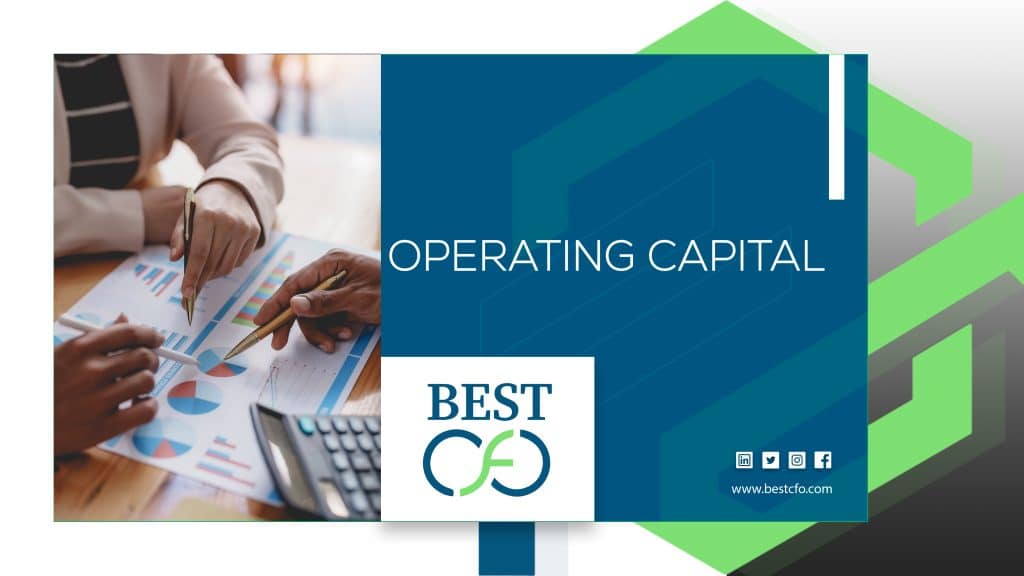
Working Capital vs. Operating Capital
Feature | Working Capital | Operating Capital |
Scope | All current assets – current liabilities | Current assets/liabilities tied to operations only |
Includes Excess Cash? | Yes | No (just operational funds) |
Includes Short-term Inv.? | Yes | No (unless tied to ops) |
Main Uses | Broad picture: liquidity, overall financial health | Operational efficiency, daily functioning |
Better For | Strategic financial management, funding decisions | Optimizing day-to-day functions |
Pros of Operating Capital
- Efficiency: Leaners operations reduce wasted capital and dead stock.
- Visibility: Knowing where cash is tied up helps find free-flowing capital.
- Better Operations: Improves ability to respond swiftly to demand changes.
- Improved Financing: Lenders see you’re good at risk control and managing leverage.
- Resilience: Bolsters readiness for unplanned expenses or downturns.
Cons of Operating Capital
- Complexity: Requires routine monitoring of multiple components like payables, receivables, and inventory.
- Short-term Focus: Aims at today’s operations—not long-term investments (like new equipment).
- Possible Friction: Pressuring suppliers, speeding receivables, or cutting inventory may strain relationships.
- Diminishing Margins: Over-optimization risks eroding customer satisfaction or supply stability.
Risks and Limitations
- Supplier Pushback
Streching payables to improve operating capital could lead suppliers to increase prices or reduce service levels. - Customer Relations
Aggressive collection can upset clients; poor inventory levels may delay deliveries. - Market Volatility
Inventory tied up during a downturn can become obsolete or lose value quickly. - System Dependencies
Just-in-time methodologies require flawless logistics. Breakdowns equal stockouts—or worse, lost contracts. - False Security
Good operating capital performance may mislead if the business is shrinking overall, falsely signaling strength.
When to Use Operating Capital?
Operating capital is most crucial:
- During rapid growth (you need materials, labor, and flexibility).
- For seasonal businesses (think retail before holidays or agriculture).
- In tight-margin industries (efficiency means survival).
- When cash injections are limited (through loans or investor funds).
- While streamlining operations or optimizing profitability.
If you’re scaling, launching new products, dealing with inventory-sensitive margins, or operating in uncertain markets, operating capital becomes mission-critical.
How BestCFO Can Help?
Let’s be real—drowning in spreadsheets, chasing down customers for payment, and ordering parts just to find them gathering dust is exhausting. That’s where BestCFO shines!
1. Deep Diagnostics
We analyze your receivables turnover, inventory aging, vendor cycles, and accrual spikes—painting a clear picture of working capital efficiency.
2. Strategy Tailored
Our team crafts bespoke strategies:
- Adjust your credit policy so “net 30” doesn’t mean “pay month-asleep.”
- Align inventory to demand—we introduce real patterns, not guesswork.
- Optimize payment terms—preserve cash yet maintain supplier goodwill.
3. Dashboards & Controls
We build easy-to-use reporting tools—real-time alerts for overdue receivables, overstocked SKUs, upcoming payables—putting you in control, not the spreadsheets.
4. Training & Implementation
We equip your finance and operations teams to use the tools confidently, not just lip service.
5. Continuous Improvement
Capital needs evolve. With BestCFO, you get quarterly check-ins, updated forecasts, and ongoing process fine-tuning—never a “set it and forget it” solution.
Bottom Line
Operating capital is the pulse of your business. Treat it like that:
- Understand what assets and liabilities count
- Measure and track them routinely
- Build relationships around payment and procurement terms
- Use forecasting and controls to anticipate and react
When you’re operating capital-savvy, you’re not just managing money—you’re driving growth, staying agile, and not scrambling every month just to pay the bills.
And if running it yourself sounds overwhelming? That’s what BestCFO is built for. We’ll help you strategize, systemize, and thrive.
FAQ
1: What’s the ideal operating capital ratio?
It varies by industry—retail might function with a low ratio due to fast inventory turnover, while manufacturing often runs higher. The key is stability and trend improvement over time.
2:Can I put excess cash in operating capital?
Yes—but that pushes it toward working capital rather than operational capital. It’s fine for padding cash but doesn’t help optimizing operations.
3: Does setting longer customer payment terms always hurt operating capital?
Of course not. The impact depends on industry norms. The trick is matching customer terms with supplier terms and your cash flow capacity.
4: If I negotiate longer payment terms with suppliers, does that always boost operating capital?
It can—but supplier pushback, late fees, or goodwill loss can make it a false gain. Always balance effectiveness with relationships.
5: Is operating capital about large investments?
No—it’s about daily needs: paying rent, buying materials, covering wages. Large purchases like machinery are capital expenditures and managed separately.
6: Do lean inventory strategies like JIT hurt operating capital?
They can improve it—but they require reliable suppliers and logistics. If a disruption occurs, JIT systems may hurt operations.
7: Can I automate operating capital management?
Absolutely. Combined tools (ERP, treasury systems, forecasting tools) can unify inflows and outflows, highlight hot spots, and automate routine tasks.
8: How often should I review operating capital?
Weekly if you’re high-growth or have lots of inventory; otherwise, monthly is good. Quarterly reviews are recommended for long-term strategy.
9: What’s the biggest mistake companies make?
Over-optimizing for short-term gains (e.g. zero inventory) and ignoring relationship and supply chain risks.
10: How do I start if I don’t know where my money is going?
Begin with a simple working capital statement: receivables — payables + inventory. Map it month-over-month, then peel back layers to find opportunities.
Related Posts
Organic vs Inorganic Marketing: Pros, Cons, and Best Use Cases
Organic vs Inorganic Marketing: Pros, Cons, and Best Use Cases When it comes to growing…
How to Scale a SaaS Business Without Losing Your Customers?
What Are the 5 Sources of Funding? So, you’ve got the dream. The vision. The…
What Are the 5 Sources of Funding?
What Are the 5 Sources of Funding? So, you’ve got the dream. The vision. The…
From Startup to Success: How to Scale Your Business Efficiently
How to Improve Your Bad Debt to Equity Ratio: A Complete Guide If you’ve ever…
 Demos
Demos  Colors
Colors  Docs
Docs  Support
Support 




